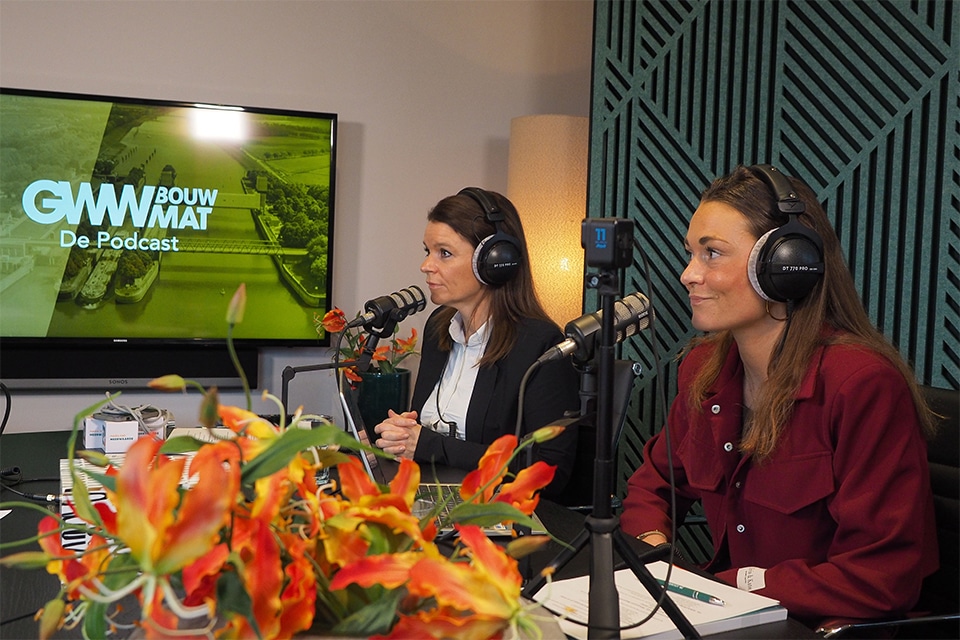
Digital control of the subsurface
The subsurface is becoming increasingly crowded. Combining and visualizing data from both aboveground and underground objects and models makes it possible to look at the subsurface as a whole. There is still very little governance of the subsurface between different parties. During the construction of the Zalmhavenentoren in Rotterdam, the aim was to investigate the extent to which the use of Mixed Reality can help to involve stakeholders in subsurface issues and can serve as a toolbox for joint consideration of the subsurface.


The Basisregistratie Ondergrond (BRO) contains data on the geological and soil structure of the Dutch subsurface. "It is a database that is constantly building up," says Maarten Welmers, business developer at ESRI Netherlands. "But much more information is collected about (assets in) the subsurface in all kinds of other (public) portals and databases. As part of an innovation project at the Salmon Harbor Tower, we integrated and visualized all this GIS and CAD data and then unlocked it in various Mixed Reality applications."
Mixed Reality
At 215 meters tall, the Zalmhavenentoren is the tallest residential tower in the Benelux. "Located in the middle of the Scheepvaartkwartier at the foot of the Erasmus Bridge, the incorporation issue was not exactly minor," Welmers knows. "Piles had to be installed up to 65 meters deep, also surrounding the foundation remains of the former buildings. In addition, there were many other challenges regarding the storage of heat and cold in the aquifers in the subsurface, and, for example, having visibility into cables and pipes. The innovation track was not so much focused on integrating 3D data, which after all is done more often, but here the question was explicitly asked how use of Mixed Reality (Virtual and Augmented Reality) in different apps can help with gaining insight from all stakeholders."
The technology does work
"What we saw in trajectory is that combining data from different portals is very simple, and from there easy to use in numerous applications," Welmers continued. "The beauty of that is that with the Hololens app, for example, you can very interactively retrieve, view, zoom in and analyze the data. It's much more 'in your face.' This app has all the data from ArcGIS and works on a services basis. With that, you're always looking at current data on, for example, tree root maps, KLIC data, groundwater levels, information on contaminations, unexploded ordnance, et cetera."
Rotterdam, as a municipality, is quite far along in gathering and modeling information in the subsurface, according to Welmers. "With the innovation project at the Salmon Harbor Tower, we have demonstrated that it is becoming increasingly accessible to get started with data. That knowledge is also being proactively shared. It is not an end point, but a phenomenon that continues to innovate. There are a lot of fragmented asset owners in public space, even outside KLIC, such as street urinals that sink 2 meters into the ground during the day, underground containers, the charging station infrastructure, but also possible space claims for future heat networks, and so much more. From geographic context data, municipalities need to think more and more about getting the 3D city model and core subsurface registration in order. Technically, all integrations are possible, but it is mainly discovering together how to make valuable use of information and validate it with each other for a reliable insight and a digital chain direction on the subsurface."
Heeft u vragen over dit artikel, project of product?
Neem dan rechtstreeks contact op met Esri Netherlands.
 Contact opnemen
Contact opnemen




